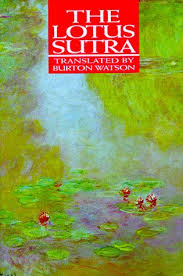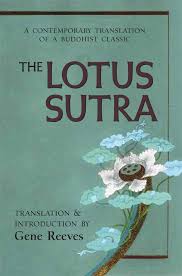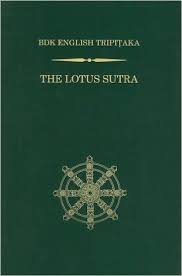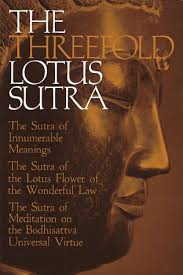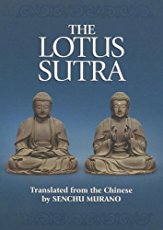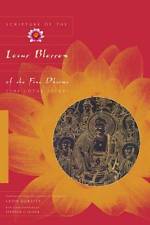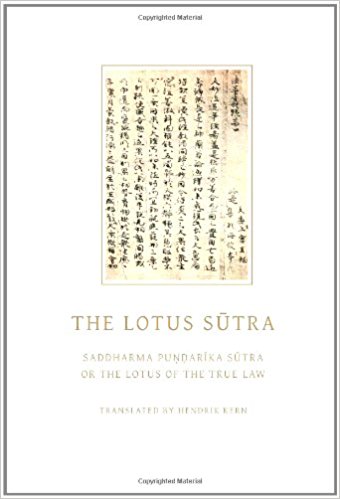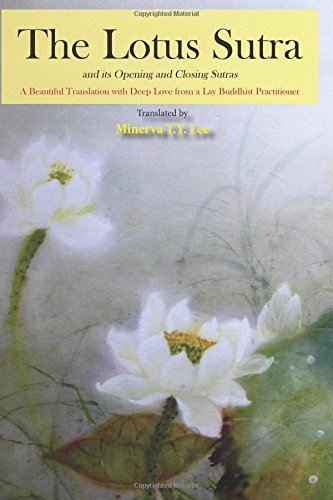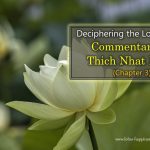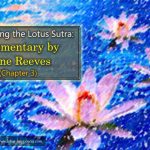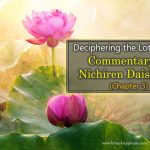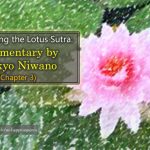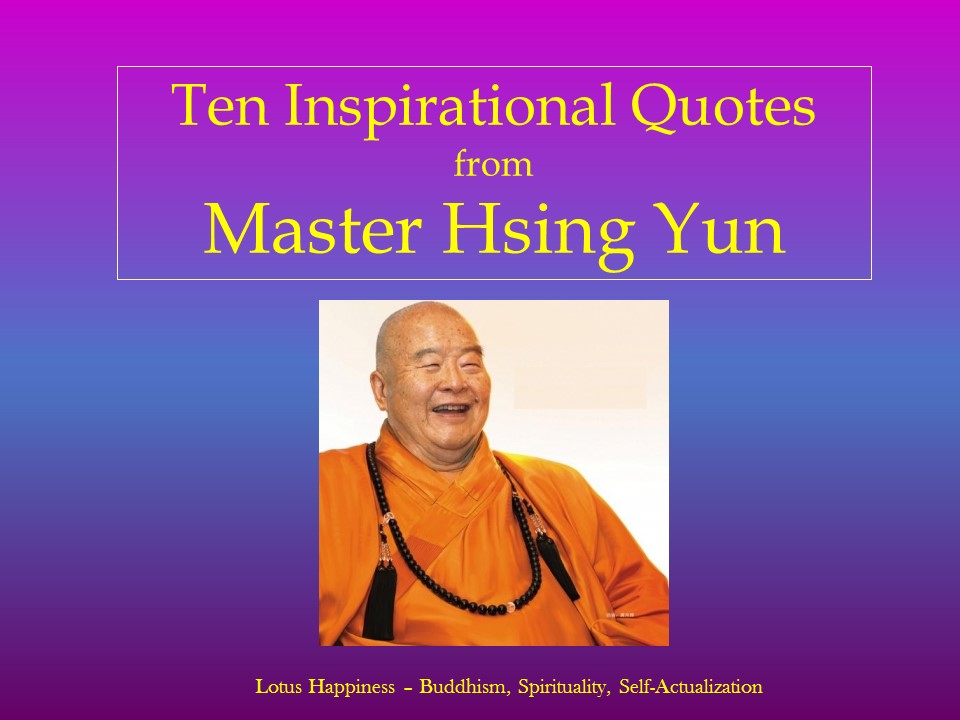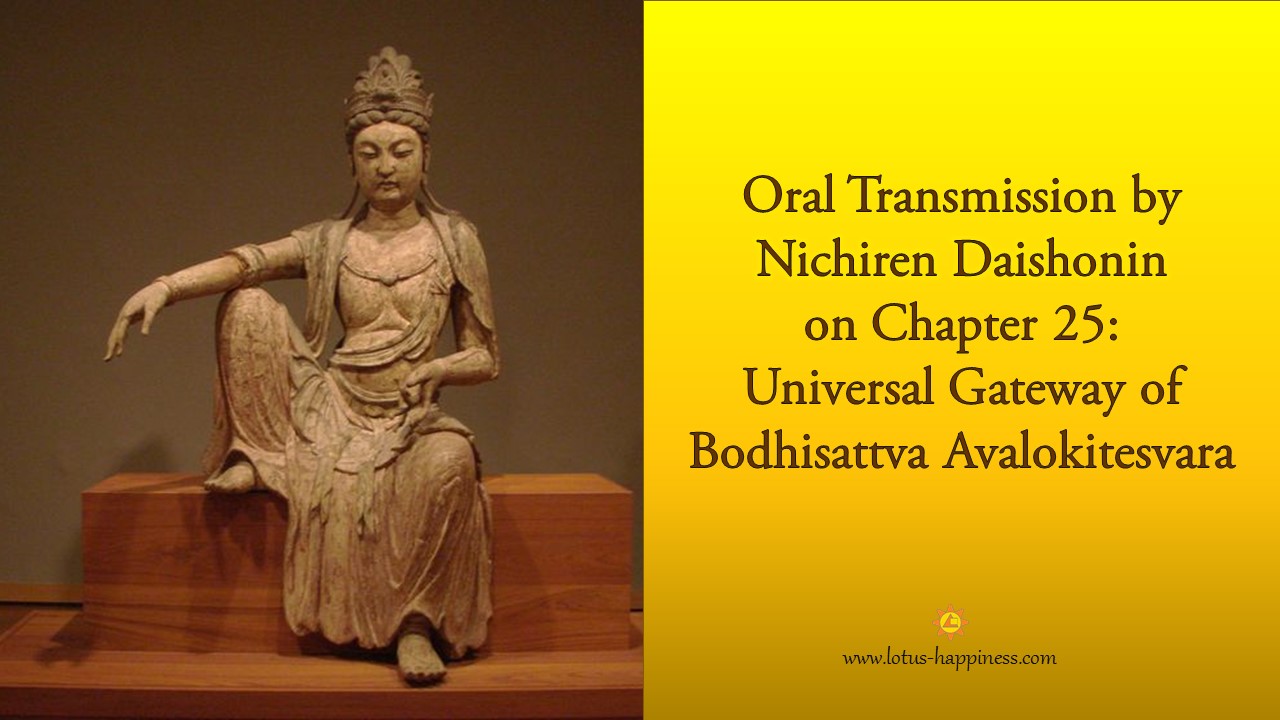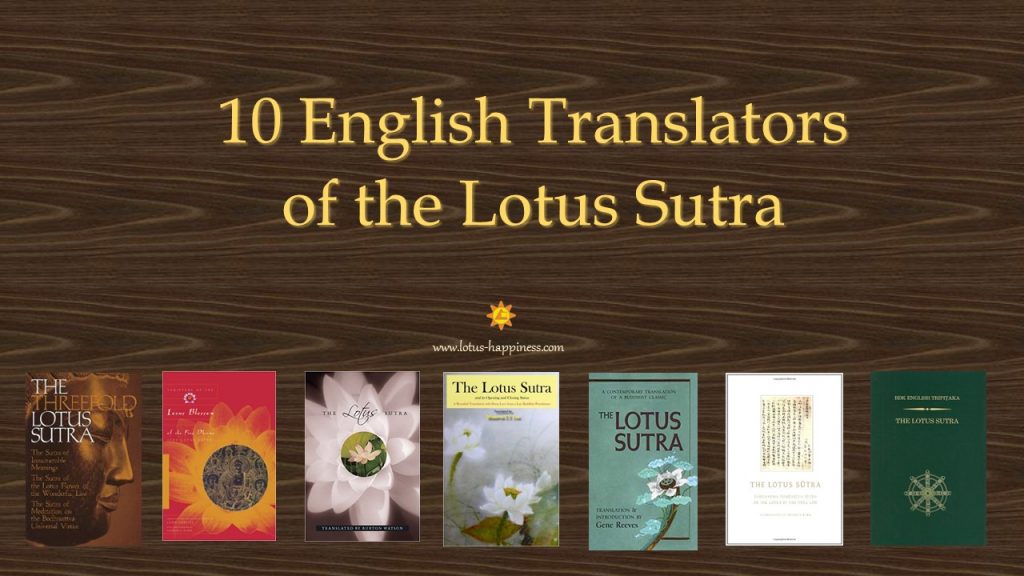
#1 – Burton Watson
The late Burton Watson is an American scholar and award-winning translator of both Chinese and Japanese literature. In 1956, he received a Ph.D. from Columbia University.
Watson moved to Japan in 1973. He was subsequently commissioned by the Soka Gakkai International (SGI) to do a translation of the Lotus Sutra – a version that is extensively used within SGI.
Although he works as a translator for the Soka Gakkai, he is neither a follower of the Nichiren Buddhism or a member of the Soka Gakkai. Instead, he practices Zen meditation and koan study.
Burton Watson passed away peacefully in 1 April, 2017, aged 91, in Japan.
#2 – Gene Reeves
The Lotus Sutra: A Contemporary Translation of a Buddhist Classic, 2008
Gene Reeves has long been active in the interfaith conversations as well as propagation of Buddhism. Currently, he is the international advisor at Rissho Kosei-kai and Niwano Peace Foundation.
Having received a Ph.D. from Emory University, he is also professor emeritus at Meadville Lombard Theological School in Chicago and a founder of the International Buddhist Congregation in Tokyo.
As a lay Buddhist teacher, he often travels to China, Singapore, Taiwan, America, and Europe to give Dharma talks, mainly on the Lotus Sutra.
Gene Reeves is now residing in Japan.
#3 – Tsugunari Kubo and Akira Yuyuma
The Lotus Sutra (BDK English Tripitaka)
The Lotus Sutra, The White Lotus of the Marvelous Law, 1991
This Lotus Sutra is published by Numata Center for Buddhist Translation and Research.
The digital copy of this translation is available online: http://zen-ua.org/wp-content/uploads/lotus_sutra_english.pdf
#4 – Bunno Kato, Yoshiro Tamura, Kojiro Miyasaka
This translation was first published in 1975 by Kosei Publishing Co.
This Lotus Sutra is associated with Rissho Kosei-kai.
#5 – Senchu Murano and Shinkyo Warner
The Lotus Sutra: The Sutra of the Lotus Flower of the Wonderful Dharma by Senchu Murano, 1974
Senchu Murano spent 20 years to complete this translation. Originally published in 1974, this was the first full English translation from the Chinese version at that time.
The Lotus Sutra by Senchu Murano is associated with Nichiren Shu (Nichiren Buddhist International Center)
#6 – Leon Hurvitz
Scripture of the Lotus Blossom of the Fine Dharma (The Lotus Sutra)
The late Leon Hurvitz (1923 – 1992) received his Ph.D. from Columbia University. He taught at the University of Washington and he was the professor in the Department of Asian Studies, University of British Columbia.
His scholarship includes spanned East Asia languages and literature, Chinese history and philosophy, East Asian art, Chinese and Japanese Buddhism.
This Lotus Sutra, published by Columbia University Press, is not associated with any Buddhist sects.
#7 – W.E. Soothill
The Lotus Sutra was published by Oxford: Clarendon Press in 1930 and Atlantic Highlands, N.J.: Humanities Press in 1987.
#8 – Buddhist Text Translation Society
The Wonderful Dharma Lotus Flower Sutra. 1976-1982
The Lotus Sutra was completed by a group of translators in Buddhist Text Translation Society. There are a total of 10 volumes and they were published by Sino-American Buddhist Association over a period of six years between 1976-82.
The digital version is available online: http://www.cttbusa.org/lotus/lotus_contents.asp
#9 – Jan Hendrik Kern
Saddharma Pundarika or The Lotus of the True Law, 1884
Jan Hendrik Kern, a Dutchman, who did a translation from the Sanskrit version to English. It was published in 1884.
This is the only English translation from Sanskrit, instead of the Chinese version by Kumarajiva. The translation is available online: http://www.sacred-texts.com/bud/lotus/
This Sanskrit translation is not associated with any Buddhist organizations.
#10 – Minerva Lee
Minerva is a lay Buddhist practitioner with over 15 years of experience in Buddhist practice. She practices a syncretic mix of Nichiren, Chinese, and Zen Buddhism.
Her translation is a delighted expression of profound gratitude, joy, and devotion to the Triple Gem. This Lotus Sutra has two distinctive features that are different from the rest of the other translations: the notation system and literary devices.
The Lotus Sutra by Minerva is not associated with any established Buddhist sects or organizations.
Minerva is currently residing in Singapore.

